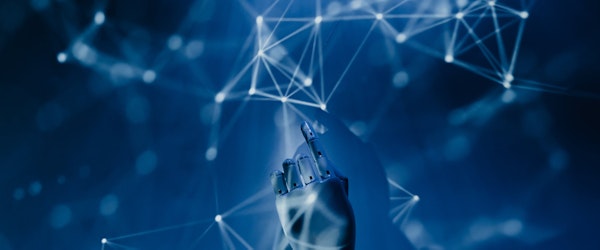
How AI is Reshaping the Workplace: Balancing Innovation with Safety
Monday, May 20th, 2024 Education & Training Risk Management Technology Workers' CompensationThe COVID-19 pandemic has indelibly altered the workplace, but a new wave of change driven by artificial intelligence (AI) is now upon us. The rapid development and adoption of large language models (LLMs) and generative AI are forcing organizations to adapt quickly. This technological shift offers numerous benefits, including the automation of routine tasks, allowing workers to focus on more meaningful aspects of their jobs. However, the widespread implementation of AI brings significant challenges, such as the need for updated safety policies and comprehensive training programs to ensure worker protection.
As AI continues to evolve, its impact will extend across various industries, including manufacturing, hospitality, and healthcare. The disruption caused by AI could lead to job displacement, requiring large-scale reskilling efforts. This scenario is particularly concerning amidst the "silver tsunami," where an aging workforce is already leading to increased safety risks. Organizations must remain vigilant and ensure that safety remains a priority despite the rapid pace of technological progress.
The ongoing AI revolution is comparable to the industrial revolution in terms of its potential to transform the economy and society. However, it is crucial to learn from the past and avoid the widespread workplace injuries that characterized that era. Ensuring that Environmental Health and Safety (EHS) leaders have a voice in the digital transformation process is essential. By prioritizing safety and embracing innovation responsibly, organizations can achieve progress without compromising worker well-being.





